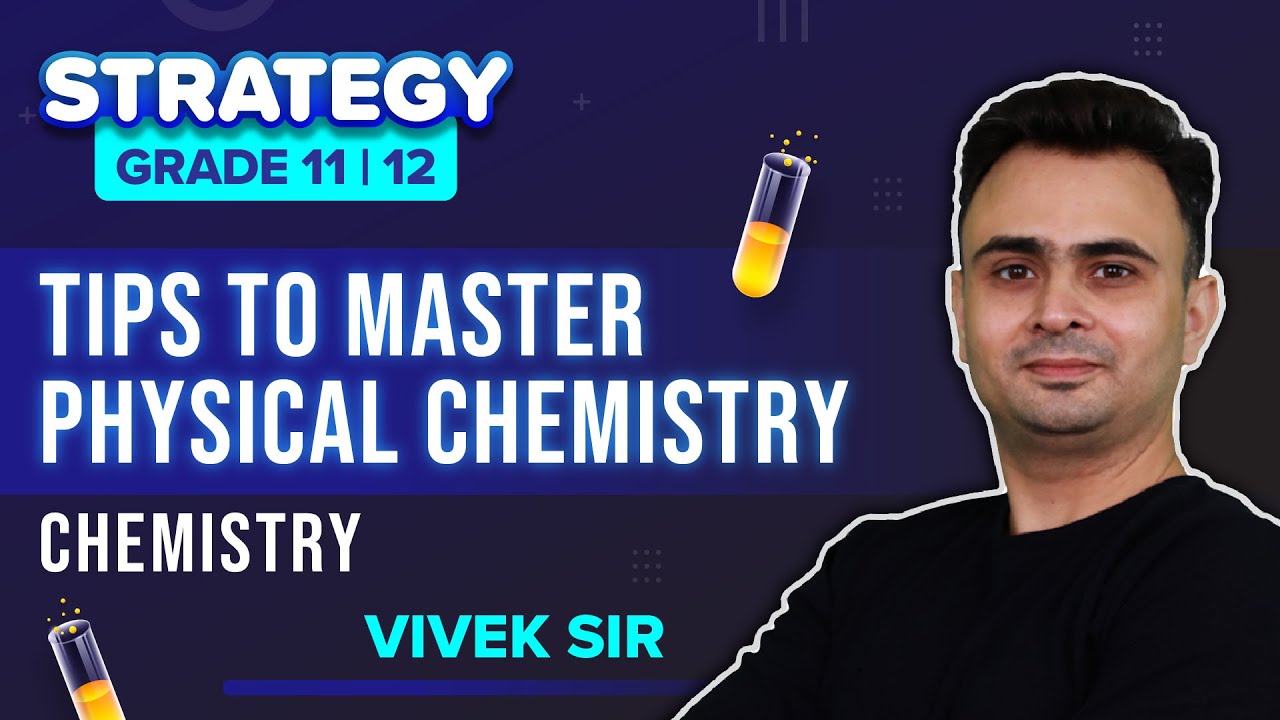A colloid is a heterogeneous mixture of substances where very fine particles are dispersed in the dispersion medium. A colloid is an intermediate mixture between a homogeneous mixture known as a solution and the heterogeneous suspension. There are different types of colloids based on the state and interaction between the dispersed phase and dispersion medium. The three main types of colloids are:
Download Complete Chapter Notes of Surface Chemistry
Download Now
- Sol – solid in liquid
- Gel – liquid in solid
- Emulsion – liquid in liquid
Based on the interaction between the dispersion medium and dispersed phase, sols are classified into two types:
- Lyophilic colloids or lyophilic sols – solvent-loving. In case of water as a dispersion medium, they are known as hydrophilic.
- Lyophobic colloids or lyophobic sols – solvent-hating. When water is a dispersion medium, they are known as hydrophobic.
Lyophilic Colloids
In this type of colloidal system, the dispersed phase has a high affinity for the dispersion medium. They are also known as reversible sols due to their ability to reconstitute on adding dispersion medium after separation. They are quite stable and do not coagulate easily. Lyophilic sols are highly solvated and the particles of the dispersed phase are covered by a layer of the dispersion medium. They have the ability to protect lyophobic colloids from electrolytes. They form a protective layer around lyophobic particles. Lyophilic colloids can be coagulated by adding electrolyte or a suitable solvent. Examples of lyophilic colloids are gelatin, gum, starch, protein, rubber, etc.
Lyophobic Colloids
In this type of colloidal system, the dispersed phase does not have an affinity for the dispersion medium so the colloid is not readily formed. They are also known as irreversible sols as they cannot be reconstituted by simply adding dispersion medium after precipitation. They are unstable and can coagulate easily on adding electrolyte, shaking or heating. Lyophobic colloids can be prepared by special methods and require a stabilising agent. Examples of lyophobic colloids are metals and their insoluble compounds such as sulphides.
Difference between Lyophilic and Lyophobic Colloids
The table below shows the main differences between Lyophilic and Lyophobic Colloids or sols:
|
|
|
|
|
|
|
High affinity, solvent attracting |
No affinity, solvent repelling |
|
|
|
|
Easy to prepare just by mixing, shaking or heating substance with the dispersion medium |
Require special methods to prepare and an electrolyte for stabilisation |
|
|
|
|
Highly stable and do not coagulate easily on adding electrolytes |
Unstable and can easily be coagulated by electrolytes |
|
|
|
|
Reversible sols and can be reconstituted back by adding back the dispersion medium |
Irreversible sols and once precipitated, they cannot be reconstituted back just by adding the dispersion medium |
|
|
|
|
Highly solvated, dispersed particles are covered by a layer of dispersion medium |
Dispersed particles are not solvated |
|
|
|
|
Require a large amount of electrolyte for coagulation |
Get coagulated even on adding a small amount of electrolyte |
|
|
|
|
Highly viscous, more viscous than the medium |
Viscosity is the same as that of the dispersion medium |
|
|
|
|
Generally less than that of the medium |
Generally, the same as that of the medium |
|
|
|
|
Starch, protein, gelatin, gum, etc. dissolved in water |
Metals, metal sulphides and oxides |
Explore all the NEET Chemistry Important Topics aligned with the updated NEET syllabus, only at BYJU’S.
Frequently Asked Questions
What are the examples of lyophilic and lyophobic sols?
Examples of lyophilic sols include – gelatine and starch. Examples of lyophobic sols include – metal sulphides and oxides.
State the method by which lyophobic sol can be protected.
Lyophobic sol can be protected by the addition of lyophilic sol.
Recommended Video:
How to Master Physical Chemistry for NEET | NEET 2022 Chemistry Preparation | Aakash BYJU’S NEET

Comments